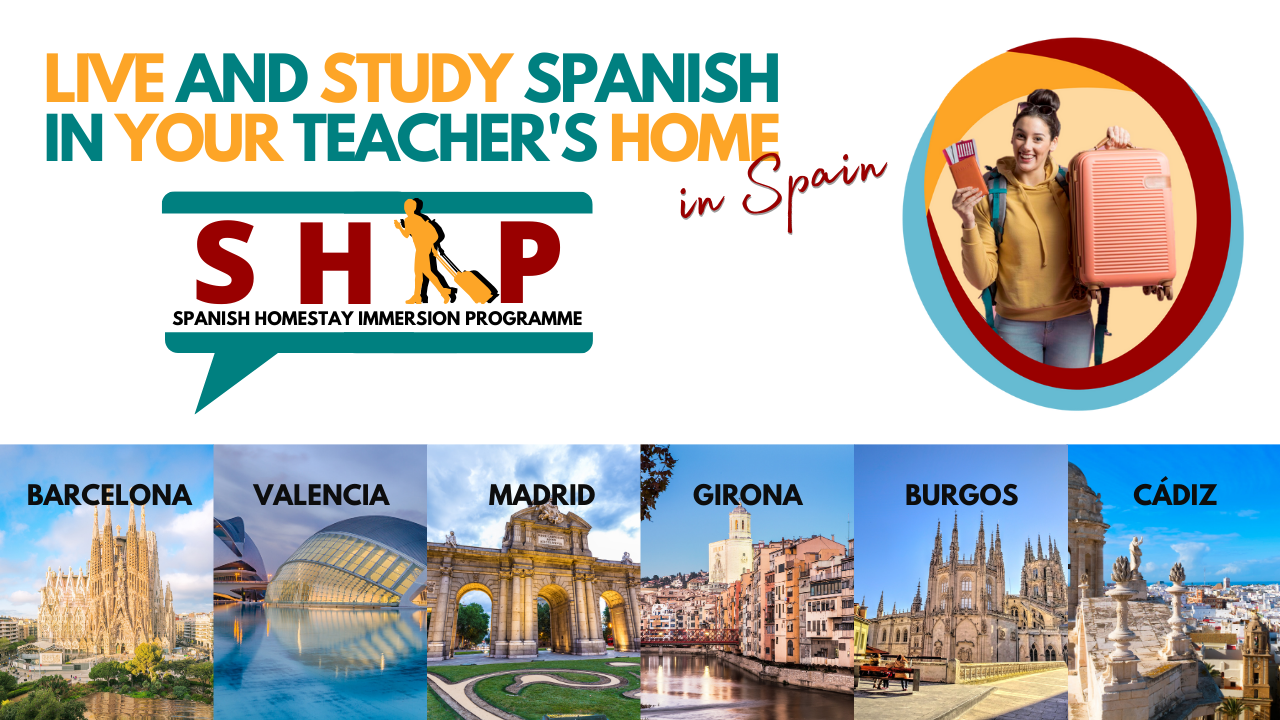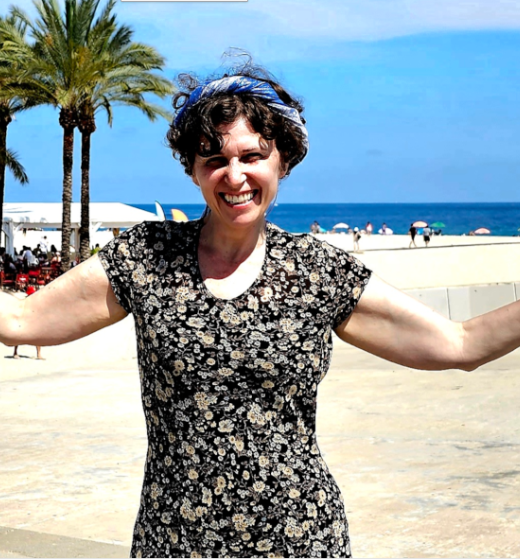

It’s easier to learn Spanish for Italians because of the many similarities between the two languages and the culture.
This fascinating truth highlights the close linguistic relationship between Italian and Spanish. As a reader, imagine the possibilities this opens up for you! In this article, we’ll explore the journey of Maria Pia, a 50+ Italian native who successfully mastered Spanish.
Her experience is not just informative but also inspiring, showing how language can bridge cultures and expand horizons. Keep reading to discover how Maria Pia’s story can motivate and guide you in your own language-learning adventure.
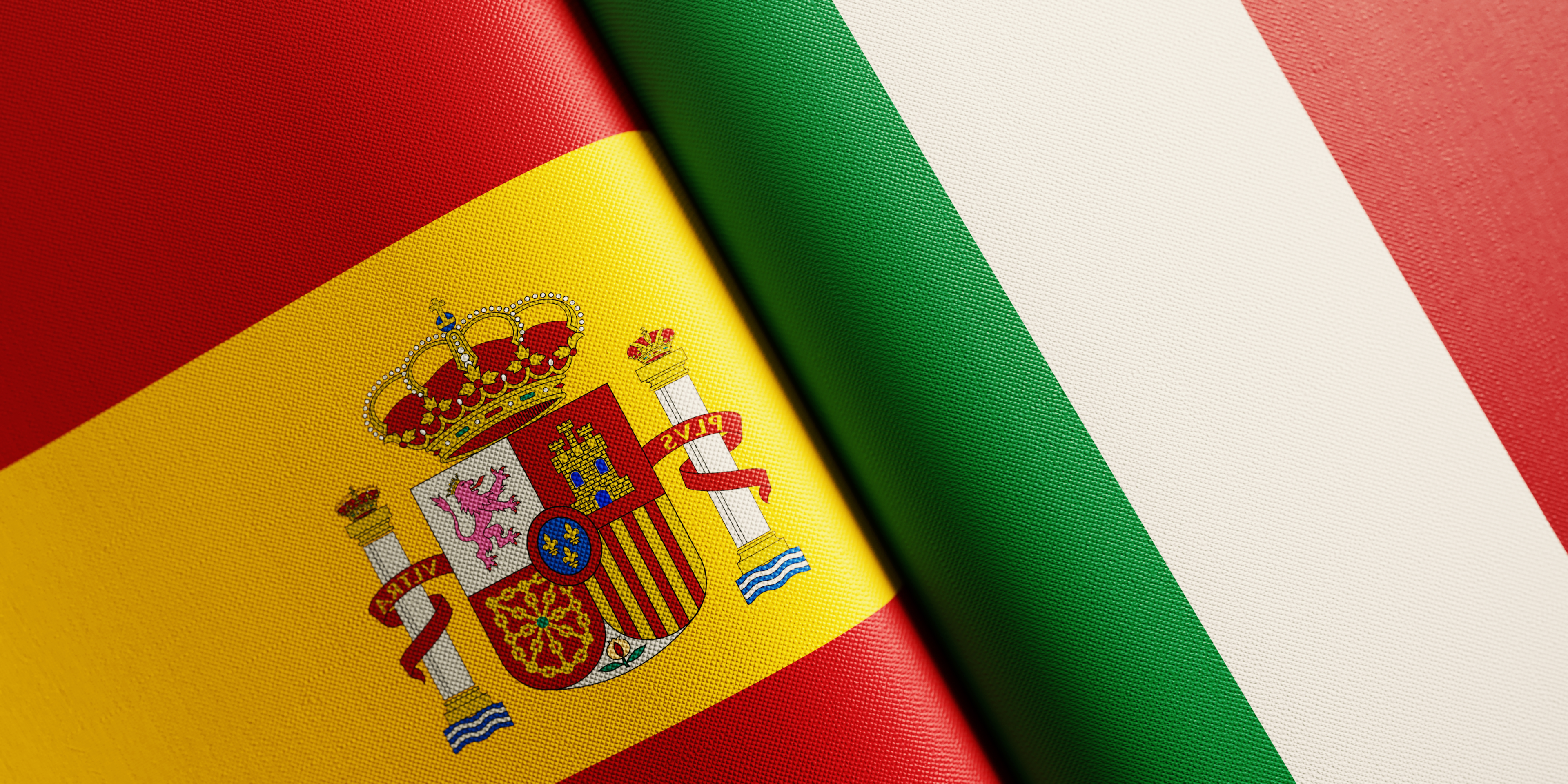
Is it easy for the Italian natives to learn Spanish?
Yes, it’s generally easier for native Italian speakers to learn Spanish compared to speakers of non-Romance languages. This ease of learning is primarily due to several factors:
Similar Linguistic Roots: Both Italian and Spanish are Romance languages, deriving from Latin. This common origin means they share many grammatical structures, expressions, vocabulary, and linguistic rules.
Cognates: There are numerous cognates (words with the same linguistic derivation) between Italian and Spanish, making vocabulary acquisition faster and more intuitive for Italian speakers.
Phonetic and Syntactic Similarities: The phonetic systems and syntax in Italian and Spanish are quite similar. For example, both languages have similar vowel sounds and use gendered nouns, which makes pronunciation and sentence structure easier to grasp for Italian speakers.
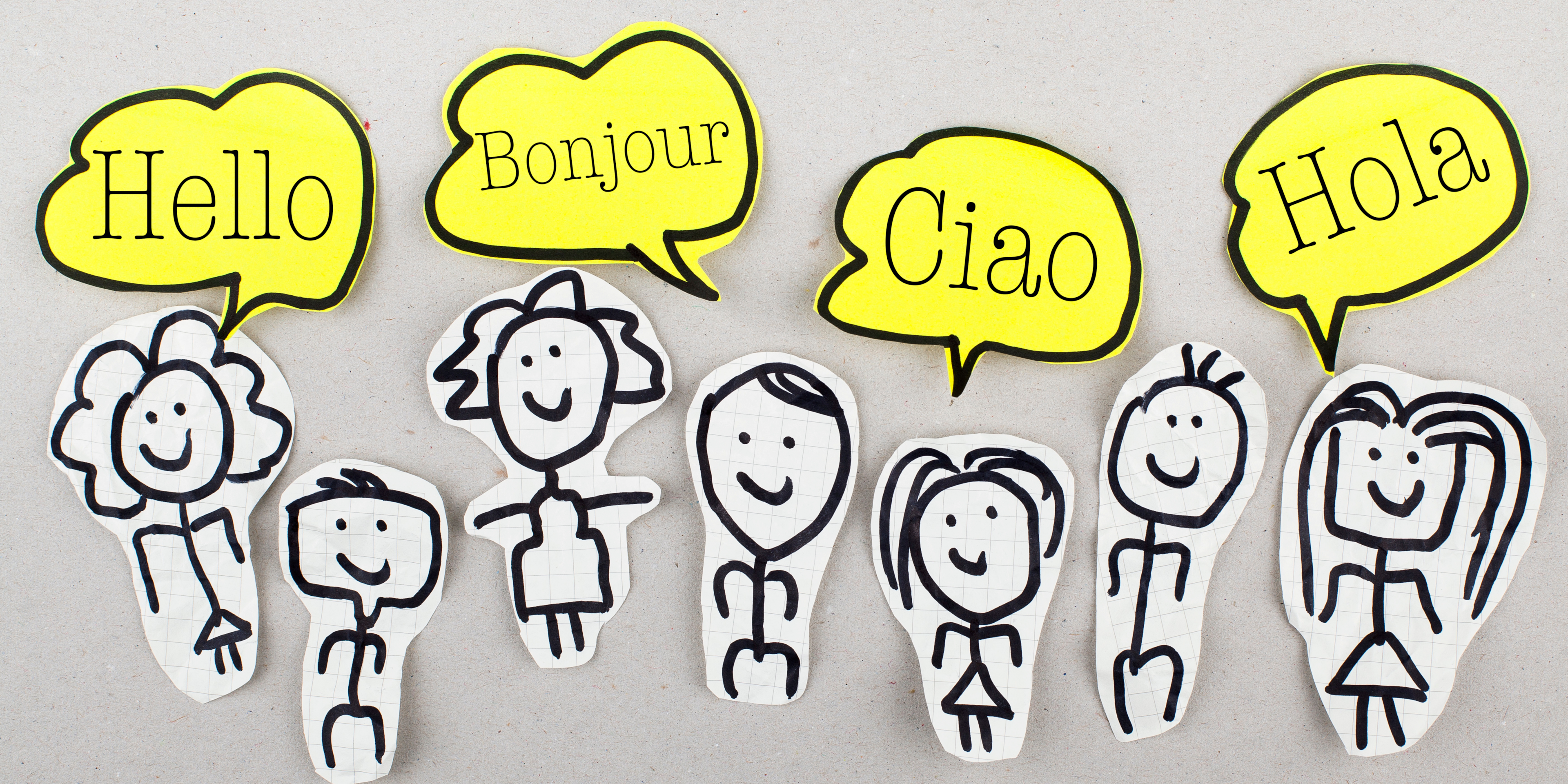
Grammatical Structures: Many grammatical structures, including verb conjugations and tenses, are comparable between Italian and Spanish. While there are differences, the overarching patterns are similar enough to give Italian speakers a head start in learning Spanish.
Cultural Proximity: The cultural ties and geographical proximity of Italy and Spain also contribute to the ease with which Italians can learn Spanish. Exposure to Spanish media, music, and culture is relatively common in Italy, aiding in the language learning process.
Along with the various advantages of learning Spanish, there are still challenges that Italian speakers may face, such as false cognates (words that look similar in both languages but have different meanings) and differences in certain grammatical aspects. However, overall, the similarities between the two languages generally make Spanish one of the easier languages for Italian natives to learn.
Introducing Maria Pia, her Italian background, and her life in London.

Destination: Costa del Maresme, Barcelona, Spain
Teacher: Mónica
Student: Maria Pia
Nationality: Italian
Age: 50+
Month: June
Objective: She went to Spain primarily to enhance her Spanish skills. Being an Italian teacher, she found that learning other languages was highly beneficial for her teaching profession.
Maria Pia, a native Italian speaker with a zest for languages, has spent a significant part of her life in London. Her journey in learning English and Spanish has given her a unique perspective on language acquisition.
As an Italian speaker, she has always been fascinated by the nuances of the Italian language, from its melodious verb conjugation to its rich vocabulary. Living in London, she became proficient in English, embracing the challenge of learning and speaking two languages fluently.
Her language journey reflects her adaptability and passion for understanding different cultures and their official languages.
Now, Maria Pia has started a new chapter, eager to study Spanish and explore its similarities and differences with Italian, her mother tongue. This new endeavor is a testament to her lifelong commitment to learning and her curiosity to delve into the beautiful tapestry of languages.

The Transition to a New Linguistic Landscape From Italian to Spanish
Italian and Spanish, both Romance languages, have a lot in common. Their roots in Vulgar Latin and similar grammar rules provided Maria Pia with a familiar foundation. It was fascinating to see how her knowledge of Italian helped her quickly pick up Spanish vocabulary. The shared verb tenses and language structure between Italian and Spanish made her learning process smoother.
However, Maria Pia’s path to acquiring Spanish also involved navigating some challenges. For example, ‘false friends‘ – words that seem similar in Italian and Spanish but have different meanings – were intriguing hurdles for her. These nuances made the learning experience richer and more engaging.
Her enthusiasm for embracing a new language at her age was truly inspiring. Her journey serves as a wonderful example of lifelong learning and cultural exploration.
As we continue to recount her immersion experiences in Barcelona, you’ll see how her immersion into the Spanish language opened up new perspectives and opportunities for her.
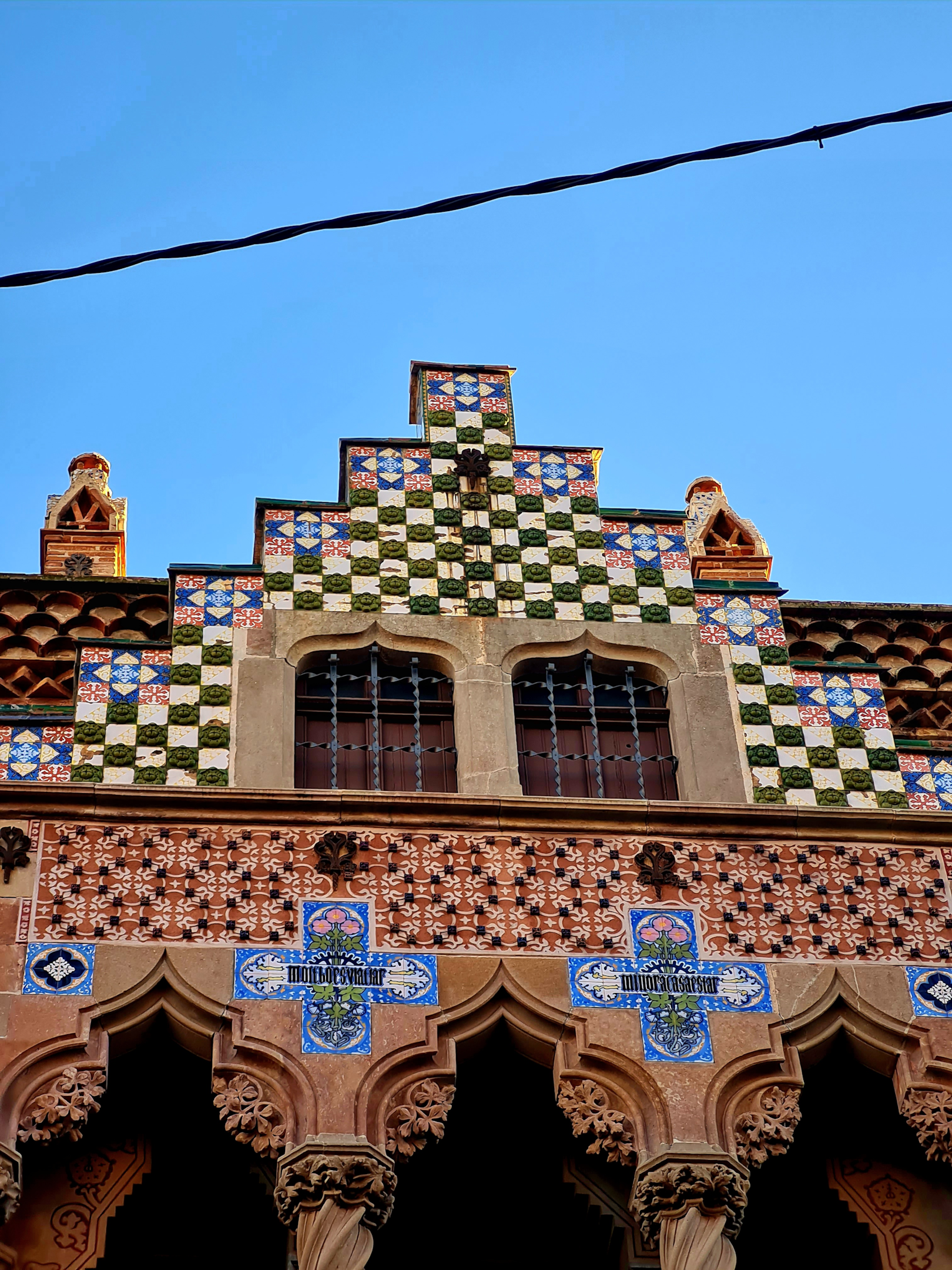
Immersive Learning in Montnegre I Corredor Natural Park
In the serene surroundings of Montnegre I Corredor Natural Park, Maria Pia found a peaceful haven for immersing herself in the Spanish language. I witnessed how the tranquility of the park significantly enhanced her learning experience. Surrounded by the natural beauty of the Iberian Peninsula, Maria Pia practiced Spanish words and phrases, often drawing parallels to her native Italian.
The park’s calm environment allowed her to focus on understanding Spanish speakers and engaging in conversations without the distractions of a bustling city. She delighted in discovering noun cognates, words similar in both Italian and Spanish, which made learning new vocabulary an enjoyable puzzle. The sounds of nature in the park provided a soothing backdrop as she practiced speaking Spanish, gradually becoming more confident in her pronunciation and fluency.
Maria Pia’s knowledge of Italian and English already positioned her as a skilled language learner. However, the immersive experience in the park offered a unique way to internalize the Spanish language. She often compared the sentence structures and verb tenses in Spanish to those in Italian or even English, noting both the similarities and differences. This comparative learning style, coupled with the hands-on practice in a natural setting, greatly aided her understanding of Spanish.
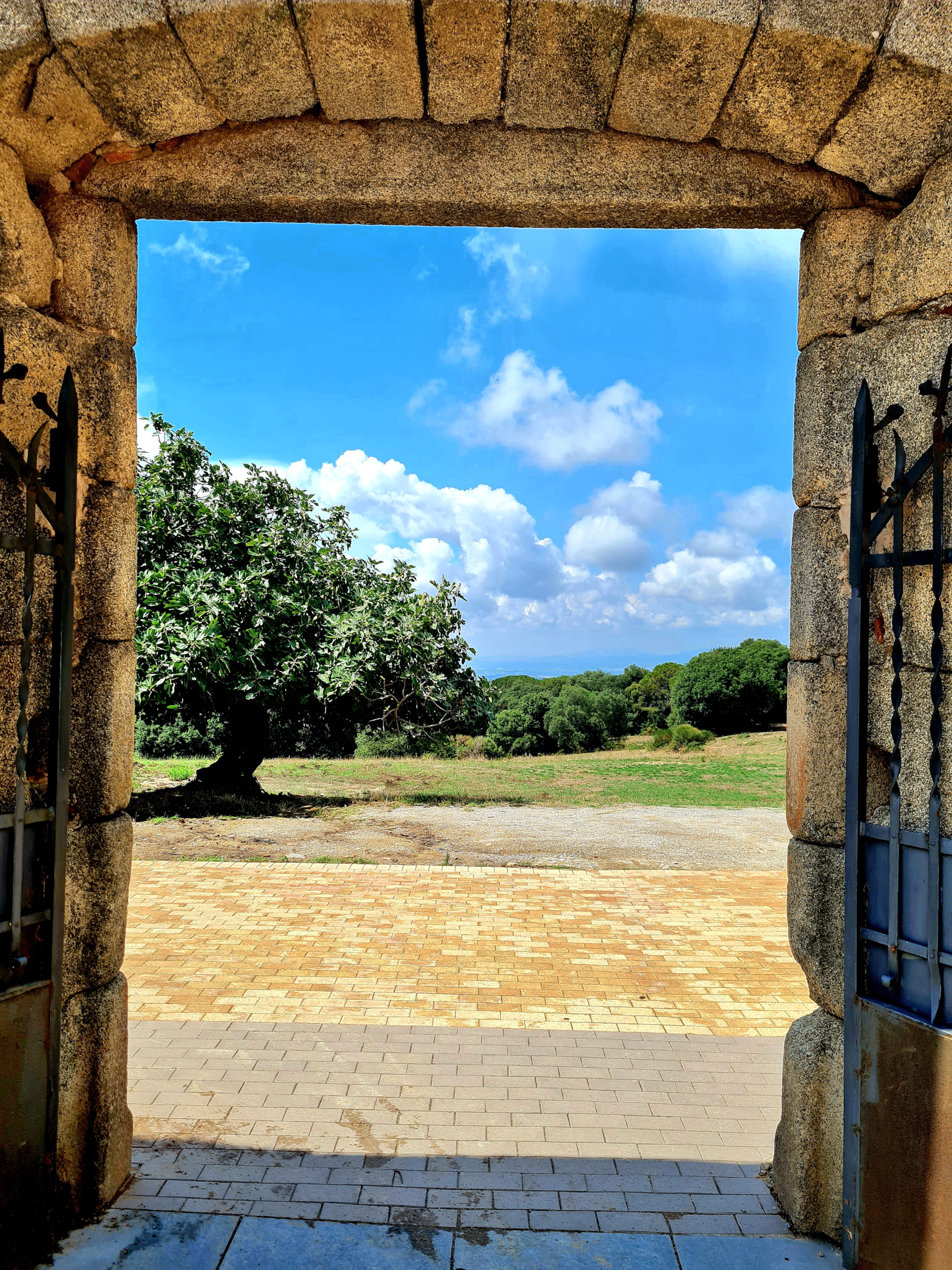
Connecting Italian Artistry with Gaudi’s Spanish Wonders
Maria Pia’s exploration of Nau Gaudí and Casa Coll i Regàs, as an Italian art enthusiast, brought a unique perspective to the marvels of Spanish modernist architecture. Fluent in Italian, her native language, she effortlessly identified parallels between the artistic traditions of Italy and Spain. Gaudi’s work, deeply rooted in the modernist movement, resonated with her, offering a fresh contrast to the classical art forms she was familiar with from the Roman Empire and Renaissance Italy.
At Nau Gaudí, Maria Pia marveled at the innovative use of shapes and structures, drawing comparisons to Italian architectural principles but recognizing Gaudi’s distinctive flair. Her experience at Casa Coll i Regàs was similarly enlightening; she appreciated the intricate details and the harmonious blend of form and function, a testament to the shared artistic heritage of Italy and Spain.
This architectural tour was more than just an appreciation of Spanish wonders; it was a dialogue between the artistic expressions of her Italian roots and the Spanish influences she was embracing. The experience enriched her understanding of both cultures, showcasing the many similarities and unique differences that define the artistic landscapes of Italy and Spain.
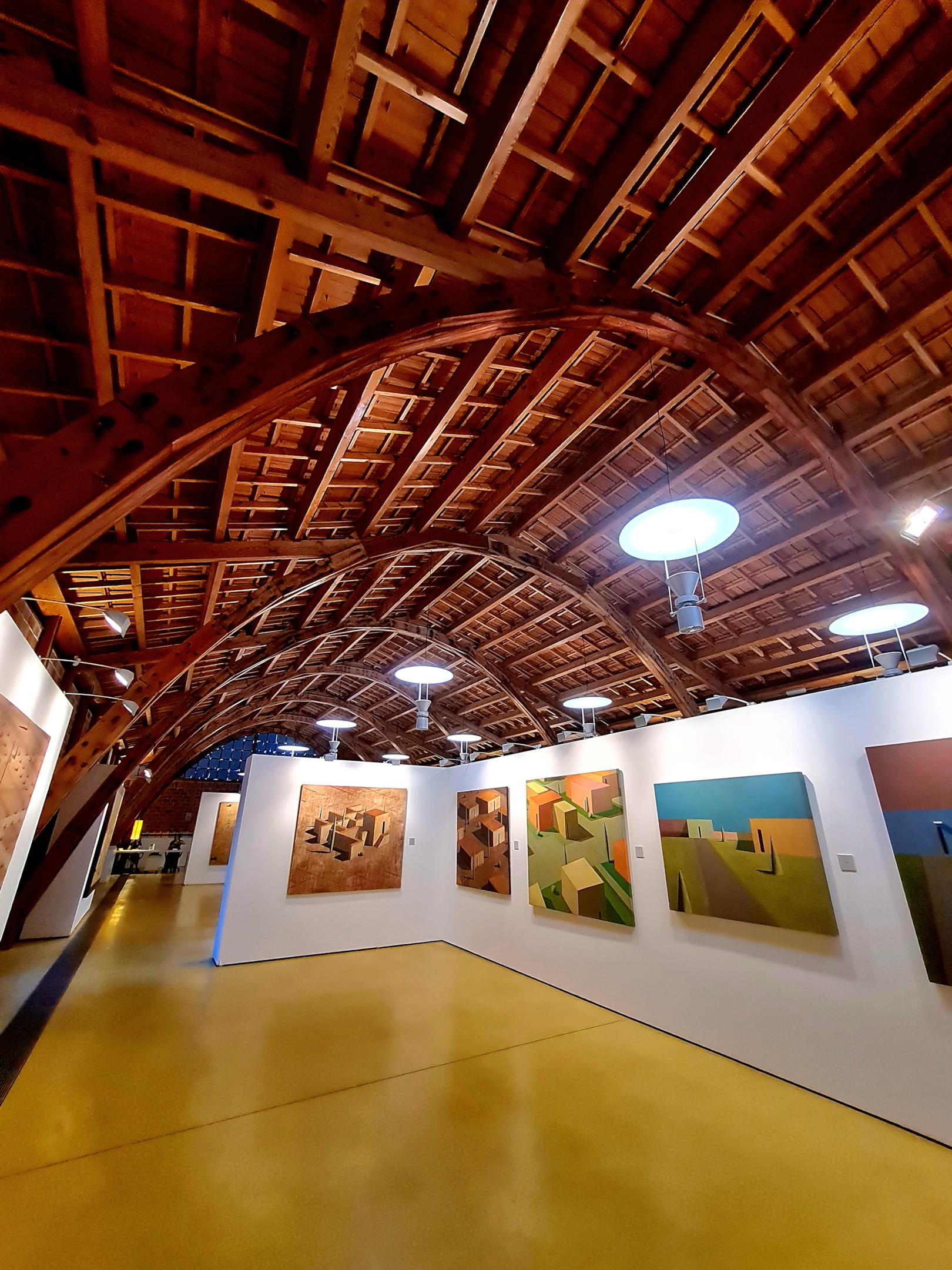
Conversations and Cuisine in a Mataró Chiringuito
Maria Pia’s experience at a beachside chiringuito in Mataró was a delightful blend of cultural immersion and language practice. As her host teacher, I watched her comfortably engage in conversations with local Spanish speakers, an activity that significantly boosted her Spanish speaking skills.
The chiringuito, with its laid-back atmosphere and stunning sea views, provided the perfect setting for informal yet enriching linguistic exchanges. Over plates of local delicacies, Maria Pia chatted in Spanish, intertwining her Italian fluency with newly learned Spanish phrases. This relaxed environment allowed her to practice speaking Spanish without the pressure often felt in formal settings.
As we savored the cuisine, our discussions ranged from the differences between Italian and Spanish food to the similarities in language structures. Maria Pia, an avid language learner, was fascinated by the shared Latin roots of Italian and Spanish.
This culinary and conversational experience by the sea was a vital part of Maria Pia’s language journey. It showcased the mutual intelligibility between Italian and Spanish and underscored the joy of learning a new language through real-life interactions and cultural experiences.
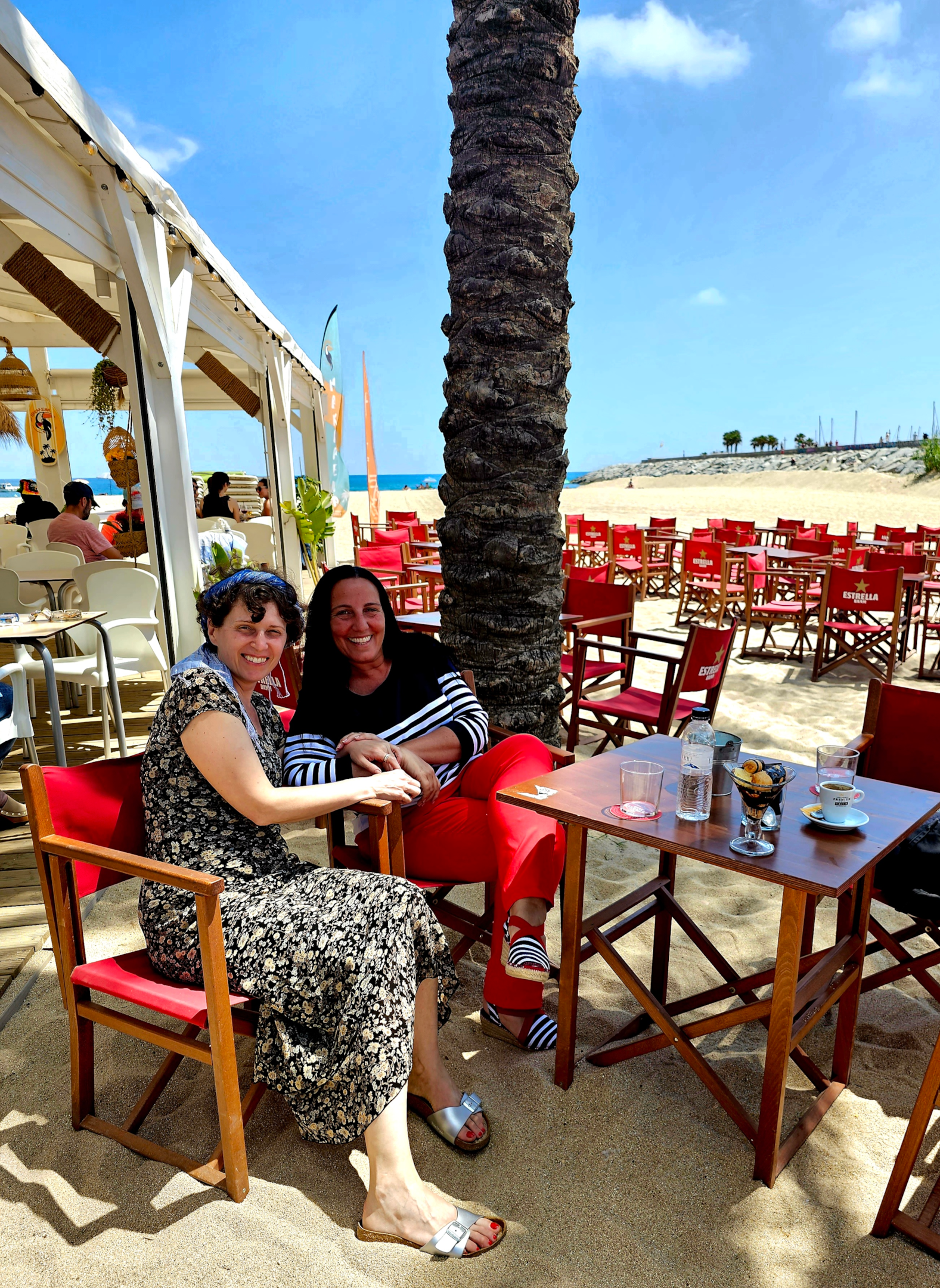
Relaxation and Reflection on the Mediterranean Shores
Maria Pia’s time on the Mediterranean shores was a harmonious mix of relaxation and immersive Spanish learning. The beach’s soothing ambiance provided with a perfect backdrop for her to practice Spanish in a more relaxed setting.
Lounging on the sandy beaches, Maria Pia often engaged in conversations with native Spanish speakers around her. These interactions were casual, yet deeply enriching, allowing her to practice her Spanish in a natural, real-world context. The sound of the waves and the gentle sea breeze seemed to encourage an ease in communication, making language barriers feel less daunting.
In these moments, Maria Pia not only practiced her Spanish but also delved deeper into the cultural aspects of the language. Discussions often turned to topics about the diverse cultures of the Spanish-speaking world, from the traditions of Central America to the distinct languages and dialects of the Iberian Peninsula. These chats provided a window into the vast and varied tapestry of Spanish-speaking cultures, enhancing her understanding and appreciation of the language.
The beach setting also gave Maria Pia the opportunity to reflect on her language journey. Surrounded by the beauty of the Mediterranean, she contemplated the similarities and differences between Spanish and her native Italian, the challenges of irregular verbs, idioms and the amusing instances of false cognates she had encountered. This peaceful environment was not just a place for physical relaxation but also a space for intellectual stimulation and cultural enrichment.
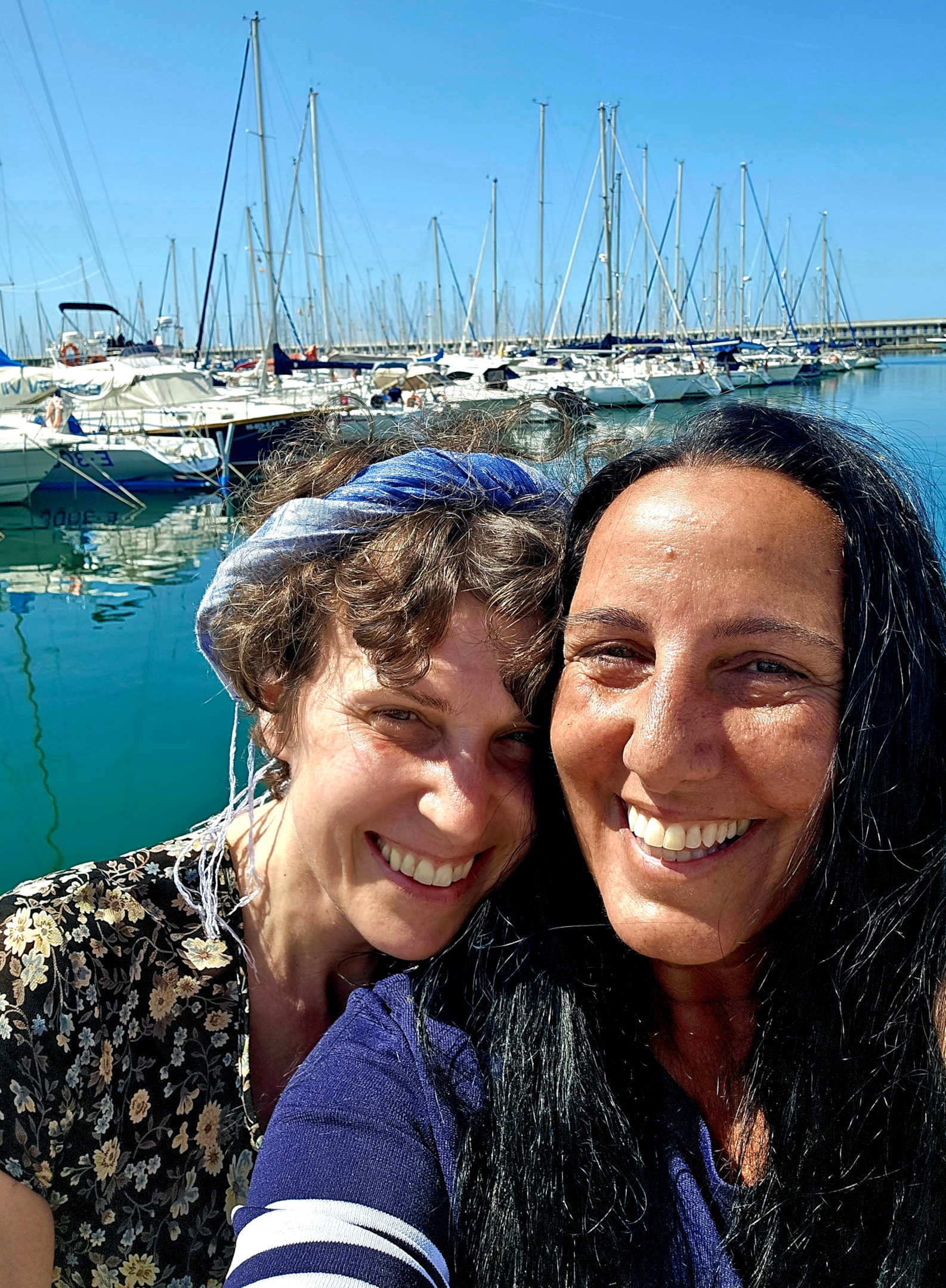
Sharing Educational Journeys and Cultural Insights
In our conversations, Maria Pia and I shared experiences and perspectives as educators. Maria Pia, an Italian speaker and teacher, brought her insights into teaching methodologies that resonated deeply with my own practices in teaching Spanish.
Our dialogues often revolved around the challenges and joys of teaching languages. Maria Pia shared her techniques for making Italian accessible to her students, emphasizing the importance of understanding Italian speakers’ nuances. I, in turn, discussed my approach to teaching Spanish, focusing on the practical usage of the language and the cultural contexts that give words their meaning.
We found common ground in our belief that learning a language goes beyond grammar and vocabulary. It’s about immersing oneself in the culture, understanding the people, and appreciating the beauty of communication. Our discussions highlighted the similarities between Italian and Spanish, from the simple past tense to the false cognates that often trip up learners. We laughed over phrases where translations didn’t quite capture the same essence in each language, like ‘means donkey’ in one language translating to ‘means butter’ in another.
These conversations were more than just an exchange of educational methodologies; they were a celebration of the beautiful languages we taught. Our shared passion for teaching language as a bridge to understanding the world brought a unique depth to Maria Pia’s learning experience in Barcelona.
A Video Diary of Spanish Immersion
To encapsulate Maria Pia’s linguistic journey in Barcelona, we decided to create a video diary. This visual narrative captured the essence of her Spanish immersion, chronicling both her cultural explorations and language learning milestones.
The diary includes clips of Maria Pia interacting with local Spanish speakers, her visits to architectural marvels, and relaxed discussions at the chiringuito. Each frame is a testament to her growing ability to understand and speak Spanish.
We also captured her reflections on the similarities between Italian and Spanish, noting the new words and phrases she picked up. The diary serves not just as a record of her linguistic growth but also as a window into the cultural experiences that shaped her journey.
Live A Tale of Personal and Linguistic Growth like Maria Pia with Spanish Express
Join us at Spanish Express for an unforgettable language adventure, just like Maria Pia’s! 🌟🇪🇸
Feel the excitement of learning Spanish as you explore beautiful cities like Valencia, Barcelona, Madrid, Cádiz, Mallorca, Burgos, Girona and the serene beaches of the Mediterranean. 🏖️🏙️
With us, you’ll not only improve your Spanish skills but also experience the vibrant culture and stunning landscapes of Spain. 🌅🎉
Learn and practice Spanish in unique settings, from the tranquil Montnegre I Corredor Natural Park to the artistic streets of Barcelona, all while being guided by our expert host teachers. 🌳👩🏫
Discover the joy of connecting with a new language and culture, just as Maria Pia did. Our program is designed to make you the protagonist of your own language learning story. 📘💬
Be inspired by the experiences of our students and create your own memorable journey. 🌍🌈 Whether it’s enjoying the local cuisine, marveling at architectural wonders, or relaxing by the sea, your Spanish adventure awaits! 🍽️🏰🏖️
Ready to transform your language skills and make lifelong memories in Spain? Join us now and become part of our next exciting story! 🚀😃
Your path to Spanish fluency is just a step away. Sign up and start your adventure today! 📝🌟
Is it easy for an Italian to learn Spanish?
Yes, Italians often find learning Spanish easier due to similar grammar, vocabulary, and Latin roots shared by both languages.
Can Italians understand Spanish?
Italians can generally understand Spanish to some extent, thanks to the similarities between the two Romance languages.
Is it a good idea to learn Spanish and Italian at the same time?
Learning Spanish and Italian simultaneously can be challenging but rewarding, as their similarities can reinforce each other’s learning.
Is duolingo good for Italian?
Duolingo is a useful tool for learning Italian basics, offering interactive lessons that are great for beginners.
Which language is closest to Italian?
Spanish is the closest language to Italian, sharing many grammatical structures and vocabulary due to their common Latin origin.
Is Spanish widely spoken in Italy?
Spanish isn’t widely spoken in Italy, but it’s understood to some degree due to the linguistic similarities with Italian.

